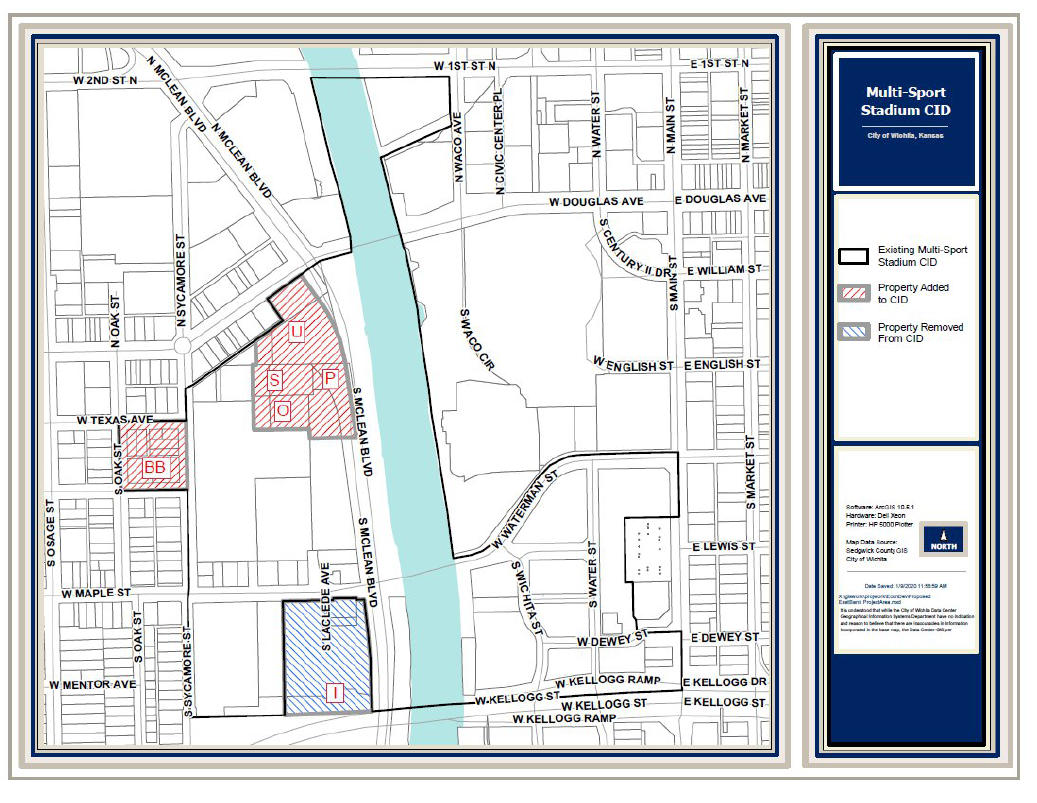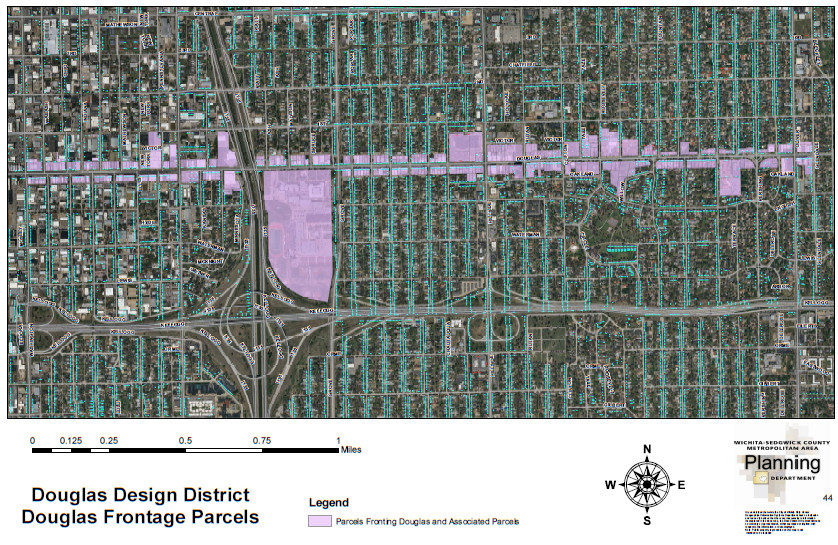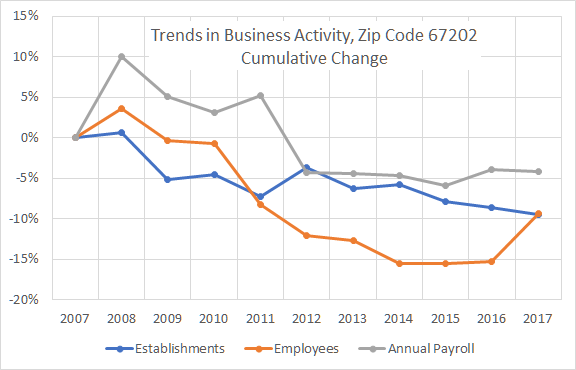Tag: Downtown Wichita

Wichita taxing district to expand
The City of Wichita plans to expand a special tax district.

Naftzger Park event management agreement ambiguous
The profit-sharing agreement for Naftzger Park event management contains ambiguity that could lead to disputes.

Business improvement district on tap in Wichita
The Douglas Design District seeks to transform from a voluntary business organization to a tax-funded branch of government.

It may become more expensive in Wichita
The City of Wichita plans to create a large district where extra sales tax will be charged.

Downtown Wichita population is up
New Census Bureau data shows the population growing in downtown Wichita.

Downtown Wichita jobs rise
The number of jobs in downtown Wichita rose sharply in 2017.

From Pachyderm: Save Century II
From the Wichita Pachyderm Club: Speakers promoting the saving of the Century II Convention and Performing Arts Center in downtown Wichita.

From Pachyderm: Save Century II
From the Wichita Pachyderm Club: Speakers promoting the saving of the Century II convention and performing arts center in downtown Wichita.

Checking a Jeff Longwell for Mayor political ad
An ad from the Jeff Longwell for Mayor Committee contains a false claim.








